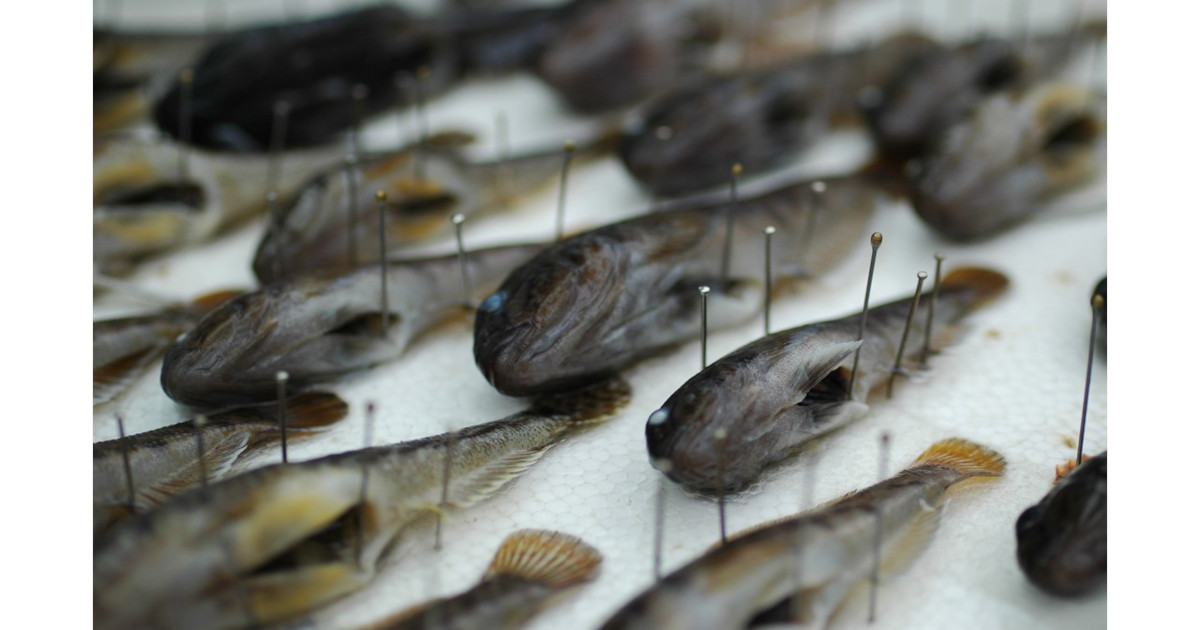- 2.1Impact Factor
- 4.0CiteScore
- 17 daysTime to First Decision
Invasive Species as Game-Changers of Aquatic Ecosystems
This special issue belongs to the section “Biodiversity Loss & Dynamics“.
Special Issue Information
Dear Colleagues,
Invasive alien species (IAS) are an increasing issue in our anthropogenically altered and coalescing world, especially in freshwater ecosystems. On the other hand, they offer the possibility of studying evolution and speciation in a seminatural contemporary “experiment”. In addition, IAS compromise the chance to deeply analyze the effect of man-made forces on real-time evolution in an ad hoc manner. Particularly rapid local adaptation and differentiation are characteristics that may trigger successful invasions.
Invasive riverine species provide semi-natural systems to study contemporary evolution. The linear, two-dimensional topology allows for the investigation of differentiation along a single geographical gradient, where barriers (natural and artificial) may lead to isolated evolutionary units to some extent.
IAS are thought to negatively influence selected single native or cooccurring non-native congeners, entire species communities, or even the whole ecosystem, with some (rare) exceptions. Thus, every introduced species may alter established biological norms and may potentially act as a game-changer.
IAS have become a branch of biological research; however, many aspects are still to be investigated: This Special Issue is intended to give insights into previous findings but also to reveal gaps in our current knowledge, to serve as a warning regarding non-native species’ spread, and to reveal hidden possibilities of this underexplored research branch, especially in aquatic ecosystems.
Dr. Alexander F. Cerwenka
Dr. Jörg Brandner
Dr. Dimitriy Antonov Dashinov
Guest Editors
Manuscript Submission Information
Manuscripts should be submitted online at www.mdpi.com by registering and logging in to this website. Once you are registered, click here to go to the submission form. Manuscripts can be submitted until the deadline. All submissions that pass pre-check are peer-reviewed. Accepted papers will be published continuously in the journal (as soon as accepted) and will be listed together on the special issue website. Research articles, review articles as well as short communications are invited. For planned papers, a title and short abstract (about 250 words) can be sent to the Editorial Office for assessment.
Submitted manuscripts should not have been published previously, nor be under consideration for publication elsewhere (except conference proceedings papers). All manuscripts are thoroughly refereed through a single-blind peer-review process. A guide for authors and other relevant information for submission of manuscripts is available on the Instructions for Authors page. Diversity is an international peer-reviewed open access monthly journal published by MDPI.
Please visit the Instructions for Authors page before submitting a manuscript. The Article Processing Charge (APC) for publication in this open access journal is 2600 CHF (Swiss Francs). Submitted papers should be well formatted and use good English. Authors may use MDPI's English editing service prior to publication or during author revisions.
Keywords
- invasive alien species
- population dynamics
- phenotypic evolution
- genetic evolution
- migration
- invasion success
- individual trait hypothesis
- ecosystematic changes

Benefits of Publishing in a Special Issue
- Ease of navigation: Grouping papers by topic helps scholars navigate broad scope journals more efficiently.
- Greater discoverability: Special Issues support the reach and impact of scientific research. Articles in Special Issues are more discoverable and cited more frequently.
- Expansion of research network: Special Issues facilitate connections among authors, fostering scientific collaborations.
- External promotion: Articles in Special Issues are often promoted through the journal's social media, increasing their visibility.
- e-Book format: Special Issues with more than 10 articles can be published as dedicated e-books, ensuring wide and rapid dissemination.

